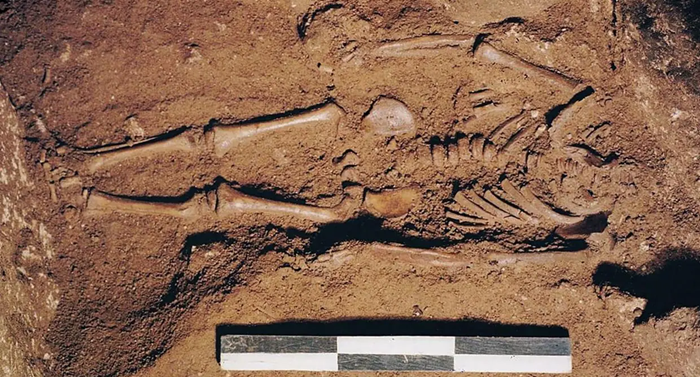After analysing the skeleton of a nearly 17,000-year-old infant found in southern Italy, archaeologists have discovered that he had darker skin than modern Europeans, curly brown hair and pale blue eyes.
He is thought to have had genes related to the Villabrunas, a mysterious group of hunter-gatherers who lived in western Europe 14,000 years ago, suggesting that the lineage arrived on the Italian peninsula long before the end of the Ice Age.
The Last Glacial Maximum, 20,000 years ago, corresponds to the coldest period of the last ice age, during which glaciers covered almost a quarter of the planet’s land surface. The end of this period marked a major transition period, characterised by a general improvement in the climate and new migrations of people from across southern Europe, which likely served as a refuge during the glacial maximum due to its milder temperatures. However, we still have a poor understanding of how these shelters influenced the biological cycles and demographic trajectories of Late Upper Paleolithic communities.

